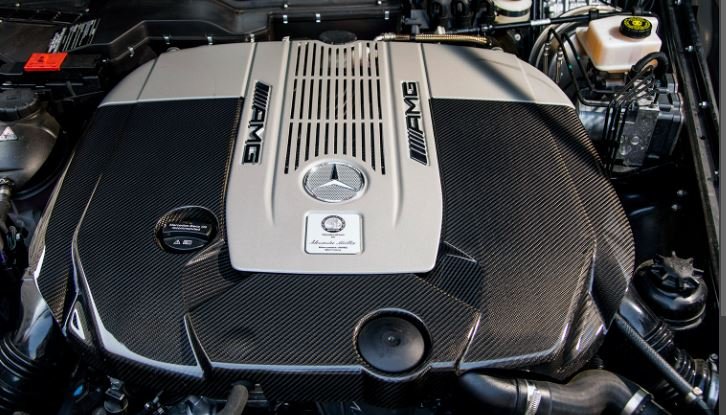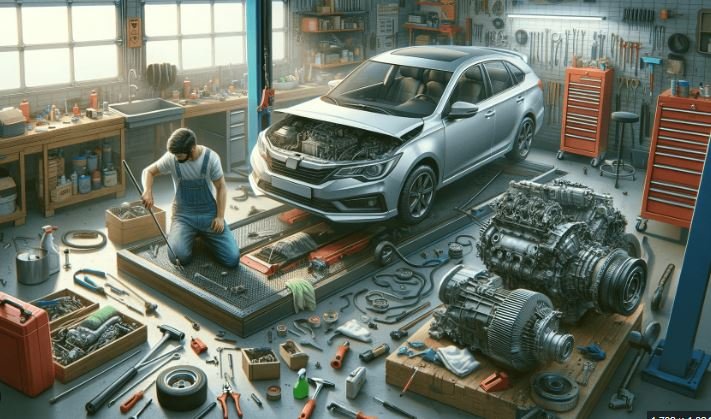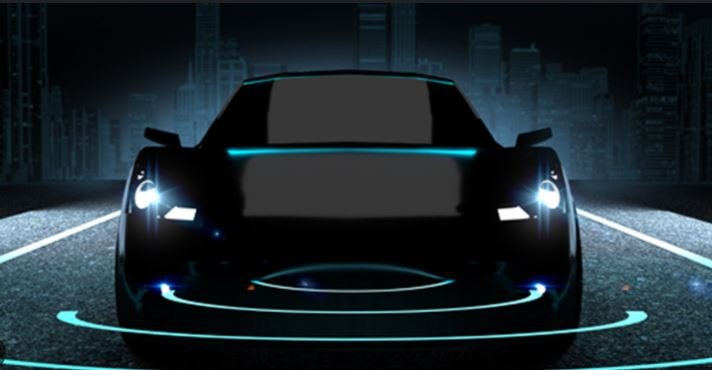The evolution of car engine components has been a key driver in the development of automotive technology. From the earliest engines to the latest high-performance models, advancements in engine parts have significantly improved efficiency, performance, and reliability. This guide explores the evolution of various car engine components and how they have transformed modern vehicles.

1. Introduction to Engine Components Evolution
Engine components are critical for the performance and efficiency of a vehicle. Over the decades, advancements in technology and materials have led to significant improvements in engine design. Understanding this evolution helps appreciate the innovations that have shaped today’s automotive industry.
2. Early Engine Components
Early car engines were relatively simple, using basic components such as cast iron blocks and carburetors. These engines relied on mechanical systems and rudimentary technology to operate. As the automotive industry grew, engineers began to refine these components to improve performance and reliability.
3. Advancements in Engine Blocks
The engine block has seen significant advancements from the early cast iron designs to modern aluminum alloys. Early blocks were heavy and less efficient, but today’s aluminum engine blocks offer improved strength-to-weight ratios and better heat dissipation. This change has contributed to the development of lighter and more fuel-efficient engines.
4. The Transition from Carburetors to Fuel Injection
Carburetors were the standard method for delivering fuel to the engine in early vehicles. However, the introduction of fuel injection systems revolutionized engine performance by providing more precise fuel delivery. Fuel injectors improved fuel efficiency, reduced emissions, and enhanced overall engine performance.
5. The Development of Turbochargers
Turbochargers have significantly impacted engine performance by increasing the engine’s power output. They use exhaust gases to drive a turbine that forces more air into the engine, allowing for better combustion. Turbocharging has become a popular method for enhancing engine power without increasing engine size.
6. Advancements in Ignition Systems
Early ignition systems used mechanical points and distributors to control the timing of the spark. Modern ignition systems have evolved to use electronic controls, including distributor-less ignition systems (DIS) and coil-on-plug (COP) designs. These advancements have improved ignition accuracy, engine efficiency, and overall reliability.
7. The Rise of Variable Valve Timing
Variable Valve Timing (VVT) technology has transformed engine performance by optimizing valve timing based on engine speed and load. VVT systems, such as Honda’s VTEC and Toyota’s VVT-i, allow for better fuel efficiency and increased power across a broader range of engine speeds.
8. Improvements in Cooling Systems
Engine cooling systems have evolved from basic radiator setups to advanced designs incorporating aluminum radiators, high-efficiency fans, and integrated coolant reservoirs. These improvements help maintain optimal engine temperatures, prevent overheating, and ensure consistent performance.
9. The Introduction of Hybrid and Electric Powertrains
The development of hybrid and electric powertrains represents a significant shift in engine technology. Hybrid engines combine traditional internal combustion engines with electric motors, while electric vehicles use electric motors exclusively. These advancements focus on reducing emissions and improving fuel efficiency.
10. Conclusion
The evolution of car engine components has led to remarkable advancements in automotive technology. From early engine designs to modern high-performance and eco-friendly powertrains, each innovation has contributed to improved engine efficiency, performance, and reliability. Understanding these changes highlights the progress made in the automotive industry and sets the stage for future developments.




